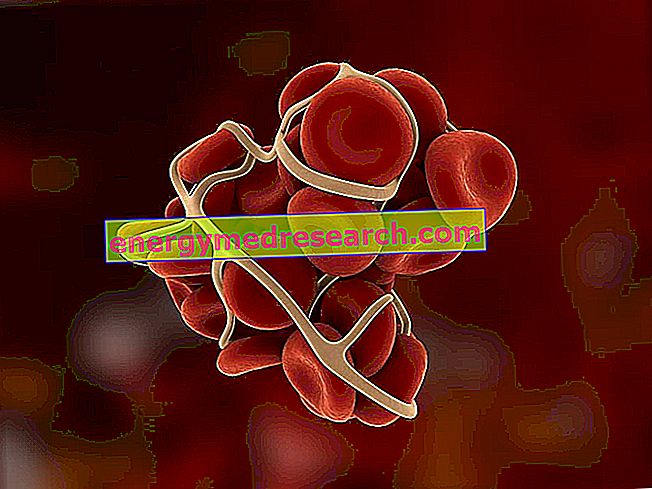
Potato gnocchi are a typical Italian recipe, for the accuracy of the central-northern regions; it is a sort of fresh pasta, intended for the preparation of tasty and often very energetic first courses.
The dough of gnocchi is known to be among the most difficult gastronomic formulas to learn, since it requires a great experience in the choice of ingredients and also in the processing of the dough.
To tell the truth, the procedure would not seem very complex and the ingredients are few and easy to find; among these: potatoes, wheat flour, sometimes potato starch and salt as required. The protocol requires you to: cook the potatoes, mash them and combine them with the flour and salt. Once the desired consistency is reached, produce long sticks (of the desired diameter) and cut the gnocchi; therefore, cook them in boiling (salted) water and dress them / sauté them to taste.
However, those who have already experienced the recipe know that it is easier said than done. What kind of potato should I use? What size? How and how much is cooked? Cut or whole? With the peel or without? Should it be crushed and kneaded hot or cold? Does the compound need to be elastic or amorphous? Soft or hard? Should it be made to rest? How much do you have to work it?
The answer is extremely complex and it is certainly not possible to summarize it briefly; however, there are some simple recommendations to get the best result you can hope for from those who have no experience.
First of all, the gnocchi are potatoes and not flour, which is why the less it is added the better. This has the sole purpose of keeping the dough together enough to cook and toss it, but it must not in any way confer hardness, elasticity, roughness or flavor.
On the other hand, when the flour is mixed with potatoes, it tends to absorb water and create a sticky gluten net, making the dough almost impossible to work with; this means that it is necessary to use a raw material with a little water and, possibly, add a fraction of starch before the wheat flour.
So which potato to choose and how to cook it so that it has as little water as possible? Cooking is probably the easiest aspect. The potatoes are cooked in cold water, whole and with the peel. If you have no idea what variety they are, beware of those that are too large, it is likely that they are swollen with water. During cooking, the starch and some fibrous components of the potato hydrolyze, gel and change their structure, acquiring digestibility and softness. The potatoes are cooked when, trying to penetrate them with a toothpick, this finds no resistance. NB . Do not pierce the potatoes too much and try not to break the skin, the risk is that they absorb liquid.
Let's move on to choosing the right potato. The difference between the cultivars is linked to the size, shape, color of the peel and paste, the water content and the amount of starch granules. As we said, the most suitable potato is the one with less water and more starch (or dry substance); therefore, the following types are advisable: Spunta, Monalisa, Elvira, Nicola, Arinda, Timate, Primula etc.
Once cooked, the potatoes are crushed immediately (with a potato masher). While the more experienced are able to knead immediately and cook, for beginners it is advisable to spread the mashed potatoes, let them dry and finally add them to the flour. It is necessary to keep in mind that, if it is true that there is no ideal percentage of flour, it is also true that it would be appropriate to have an "idea" of how much would go, to avoid getting gnocchi that are too hard. Those who are used to working egg pasta do not know that the gnocchi mixture is proto as soon as it remains united; it will always stick to the hands and the pastry board (while you get the sticks and even the dumplings themselves), which is why the flour should be used not so much to harden the dough, as to prevent it from sticking. Obviously, the humidity of the gnocchi tends to absorb even the external flour, which is why they must be kneaded, cut and then thrown immediately into boiling water; once surfaced they are ready to season.



